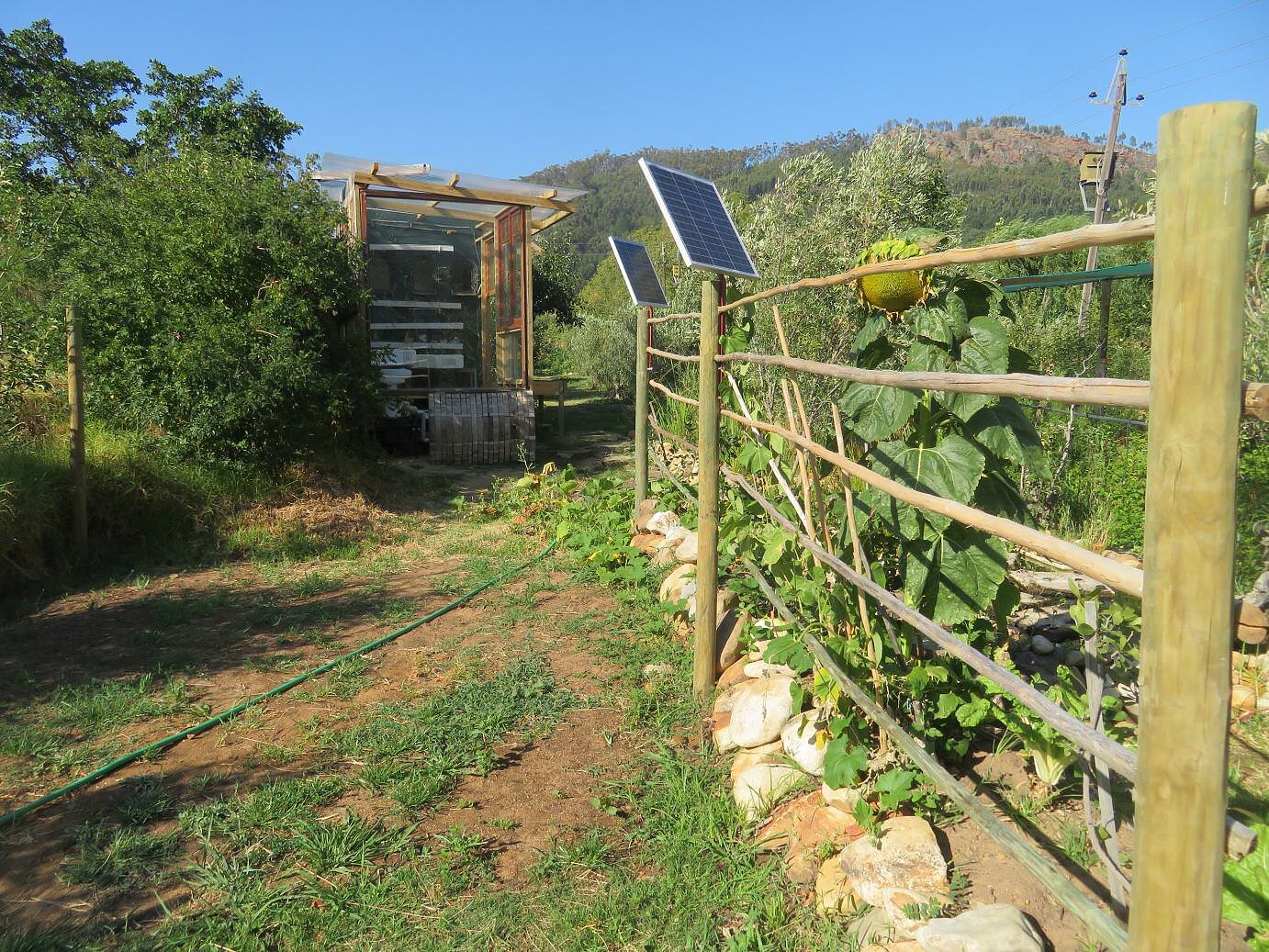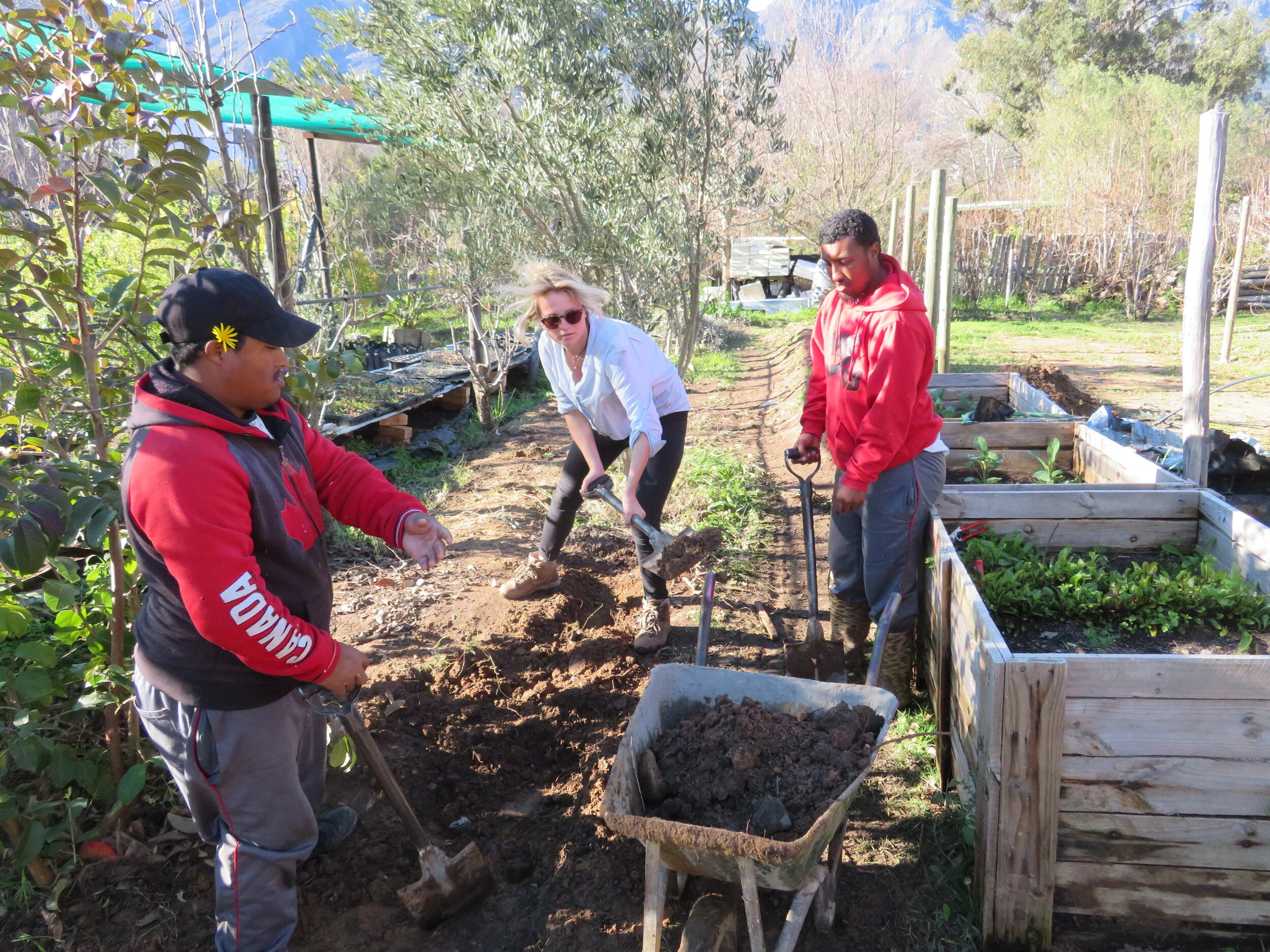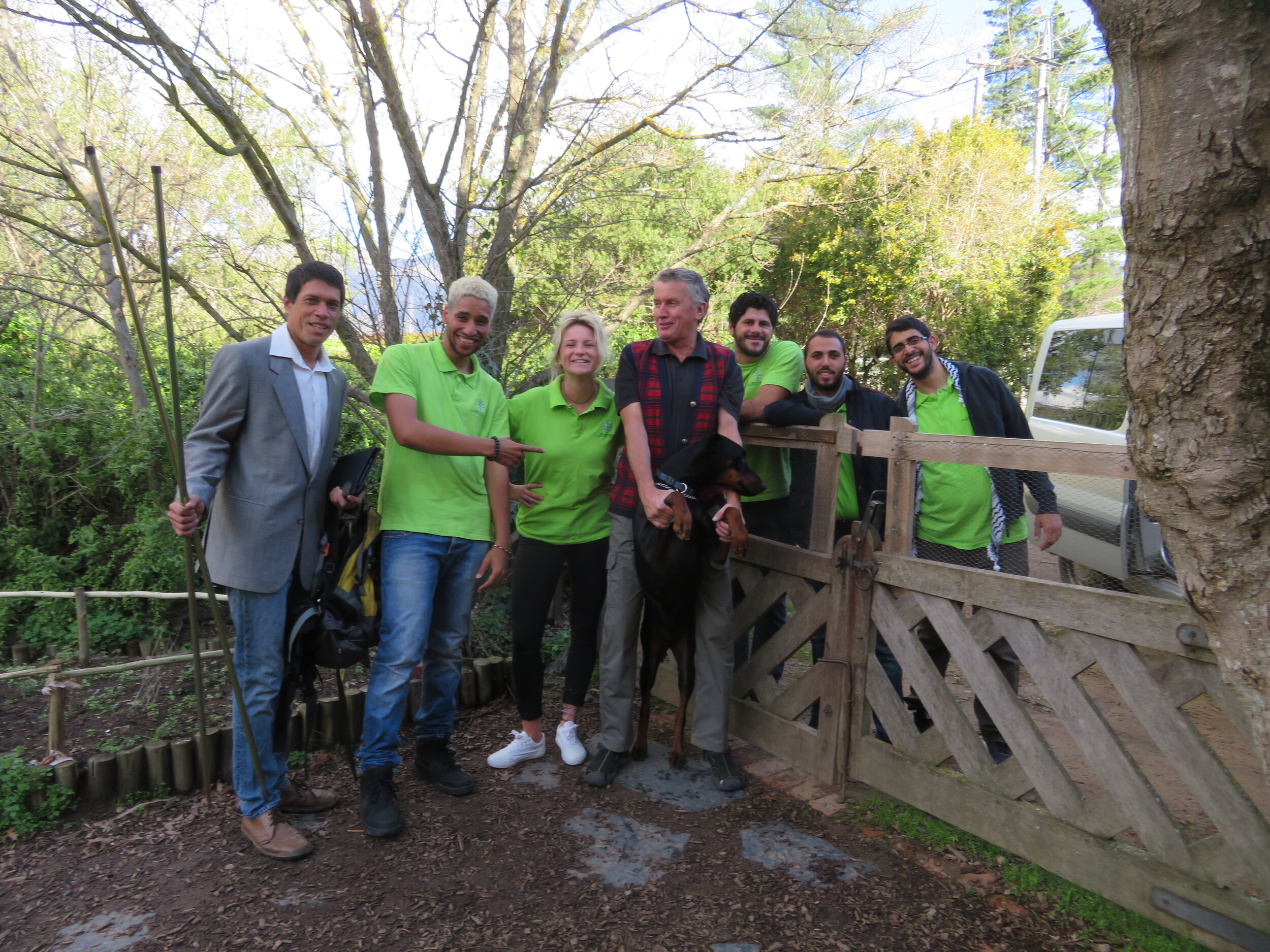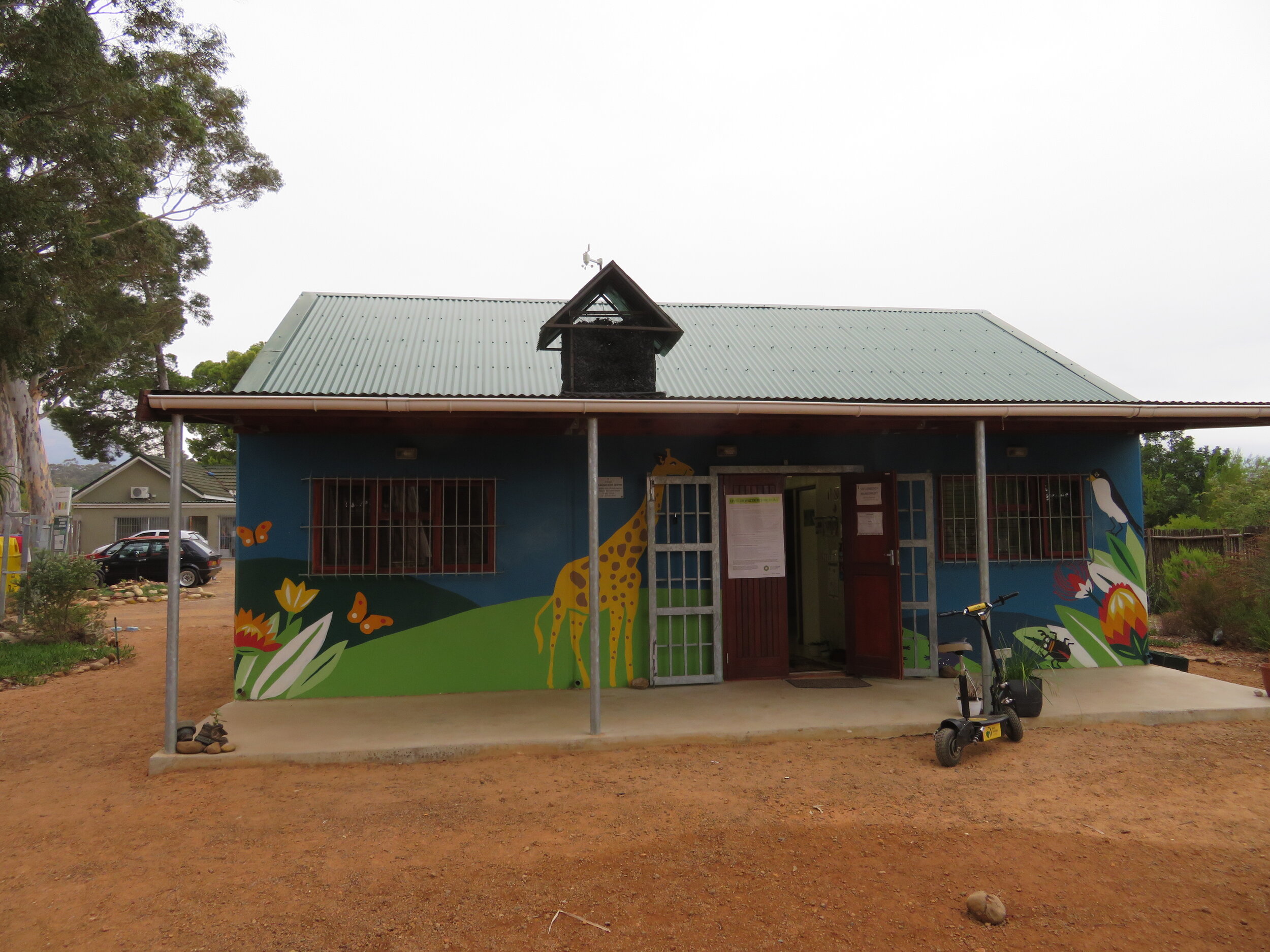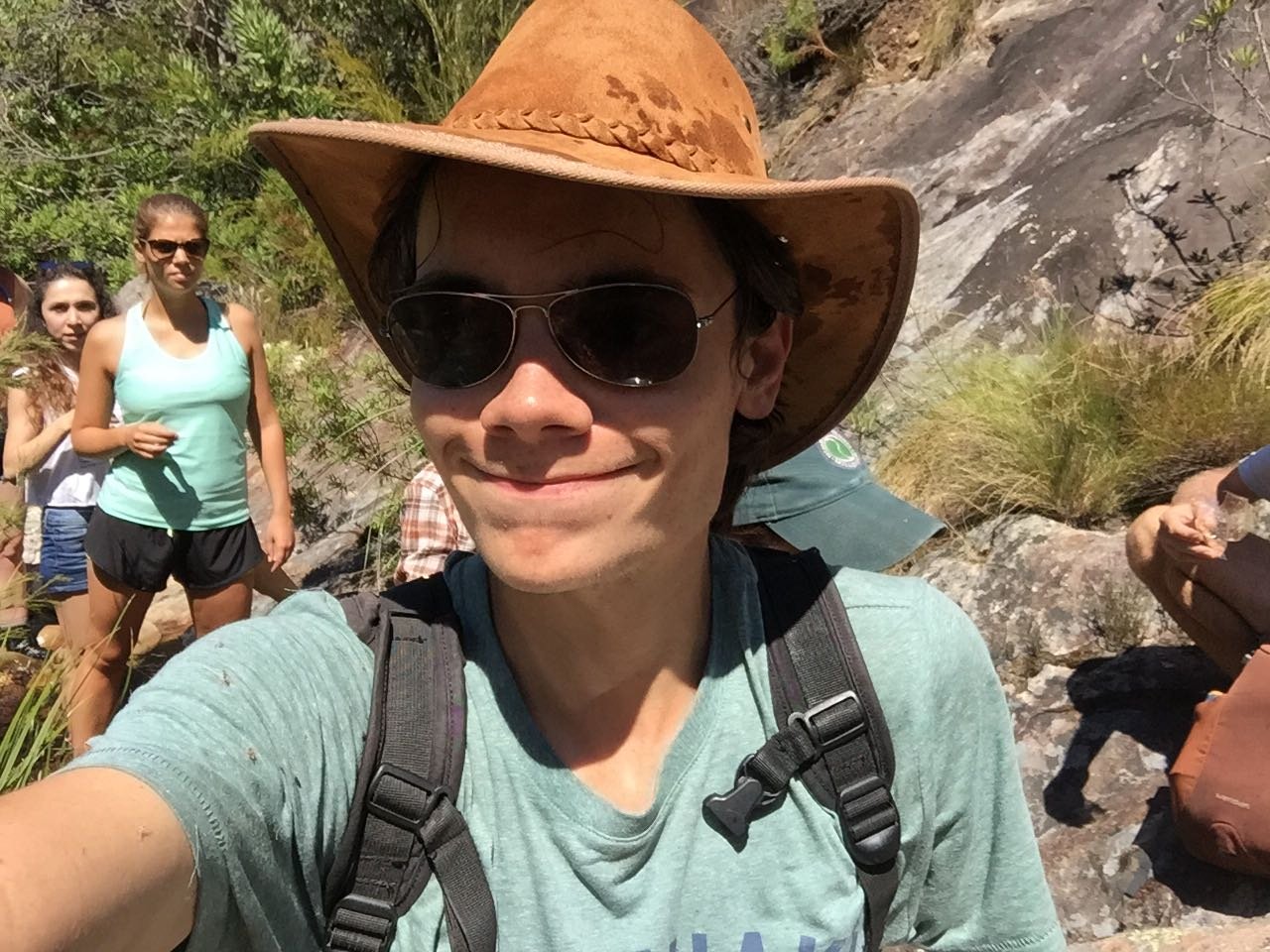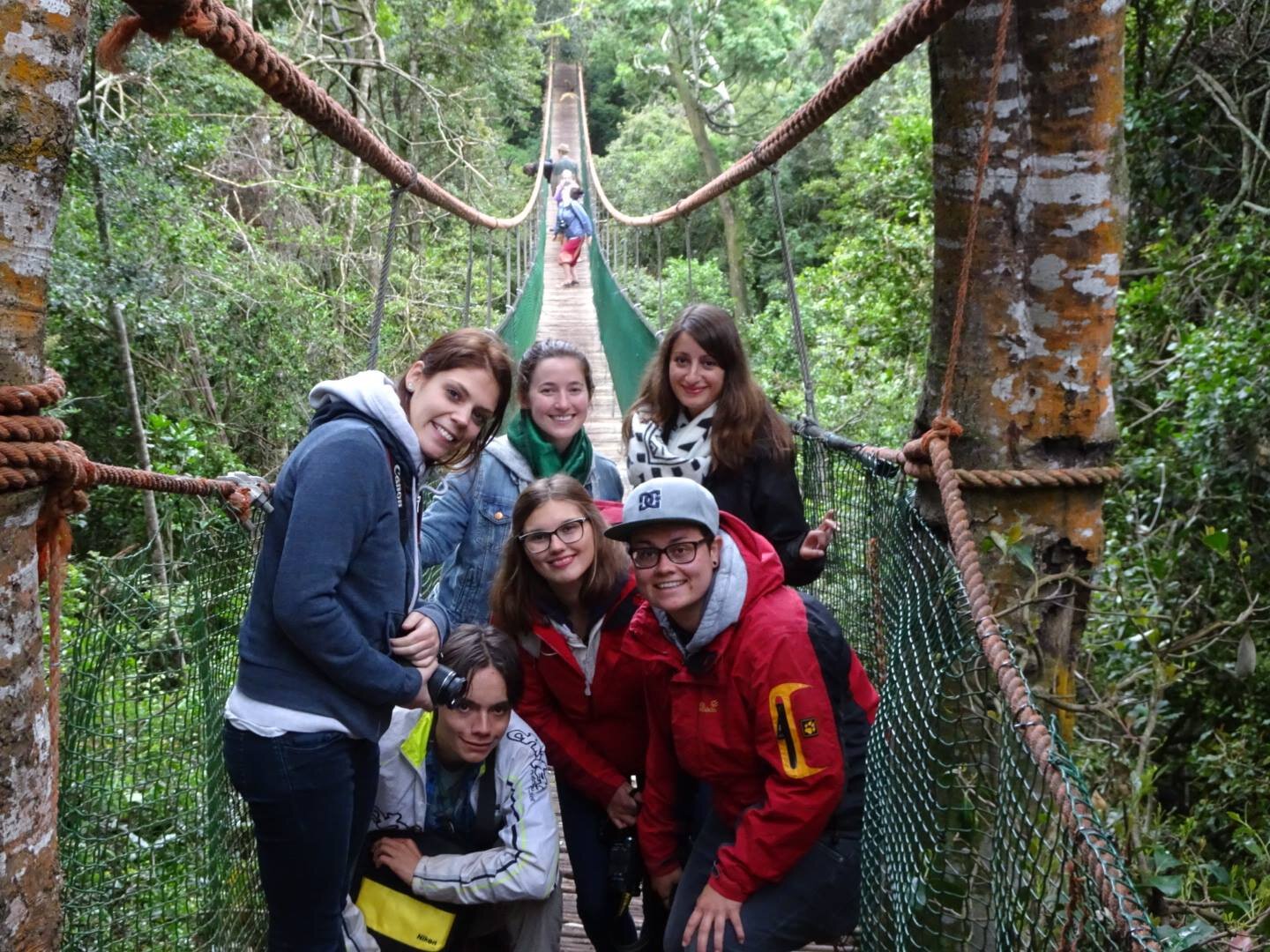An article released by SANBI, one of CWBR’s partners
The National Biodiversity Assessment (NBA) was released on 3 October 2019 by the Minister of Environment, Forestry and Fisheries, Ms Barbara Creecy. The NBA is the primary tool for reporting on the state of biodiversity in South Africa. It is used to inform policies, strategies and activities for managing and conserving biodiversity more effectively.
The NBA showcases findings for the headline indicators of threat status and protection level for both ecosystems and species, and presents these findings across the terrestrial, inland aquatic, estuarine and marine realms, as well as for the coast and South Africa’s sub-Antarctic territory. New analyses in NBA 2018 include trend analyses for species threat status, an assessment of land cover change in the terrestrial environment, and an examination of potential ways to assess genetic diversity on a national scale.
The NBA is led by the South African National Biodiversity Institute (SANBI) as part of their mandate to monitor the status of South Africa’s biodiversity. The NBA was undertaken between 2015 and 2019. It involved extensive collaboration from over 470 individuals representing about 90 organisations. The full suite of NBA products, which include a synthesis report, seven technical reports, datasets, maps, supplementary materials and popular products, is accessible via http://nba.sanbi.org.za/







